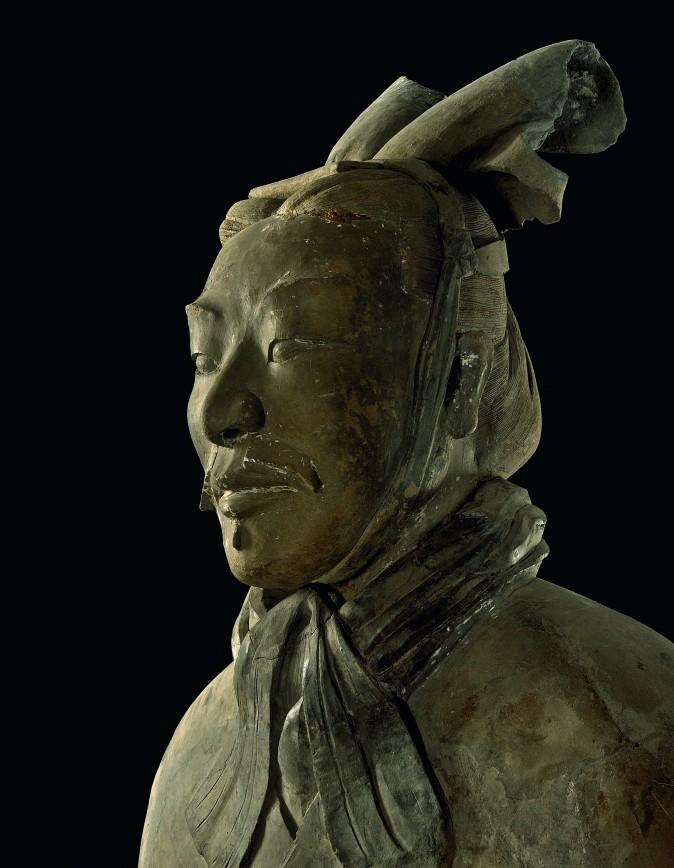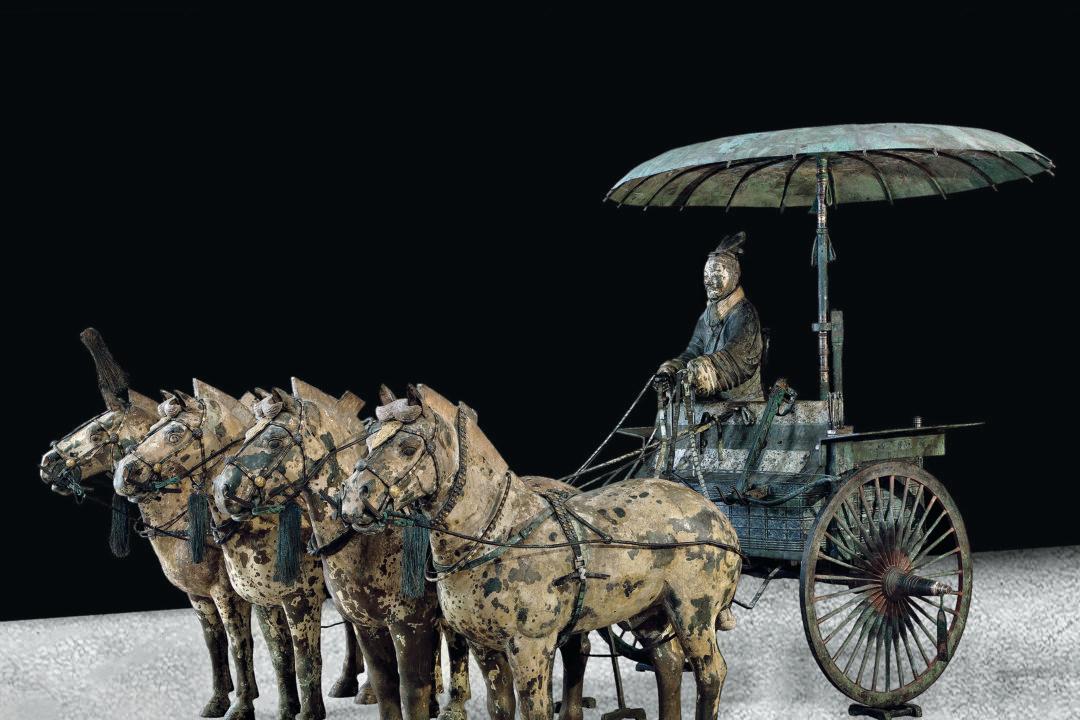NEW YORK—In ancient times, the people of China believed their culture was divinely inspired. The elegant works of art and exquisitely made objects displayed in Age of Empires: Chinese Art of the Qin and Han Dynasties (221 B.C.–A.D. 220), at The Metropolitan Museum of Art, show expressions of that belief.
From the First Emperor’s terracotta army created to accompany him in his tomb, to an intricately designed silk banner depicting a figure ascending to heaven, to a jade burial suit made to ensure the immortality of a princess, these ancient artifacts indicate the Chinese belief in the afterlife and in realms beyond the material world.
[gallery size=“medium” ids=“2237820,2237838,2237853”]
“Many of these spectacular works have never been seen before in the West, offering visitors a once-in-a-lifetime opportunity to see a fresh appraisal of the classical era of Chinese civilization,” said Thomas P. Campbell, director and CEO of The Met, at a press preview for the exhibition, which will be on view through July 16.
Some of the more than 160 objects—including sculpture, painting, calligraphy, ceramics, metalwork, textiles, and architectural models on loan from 32 museums in China—have quite a presence about them.







